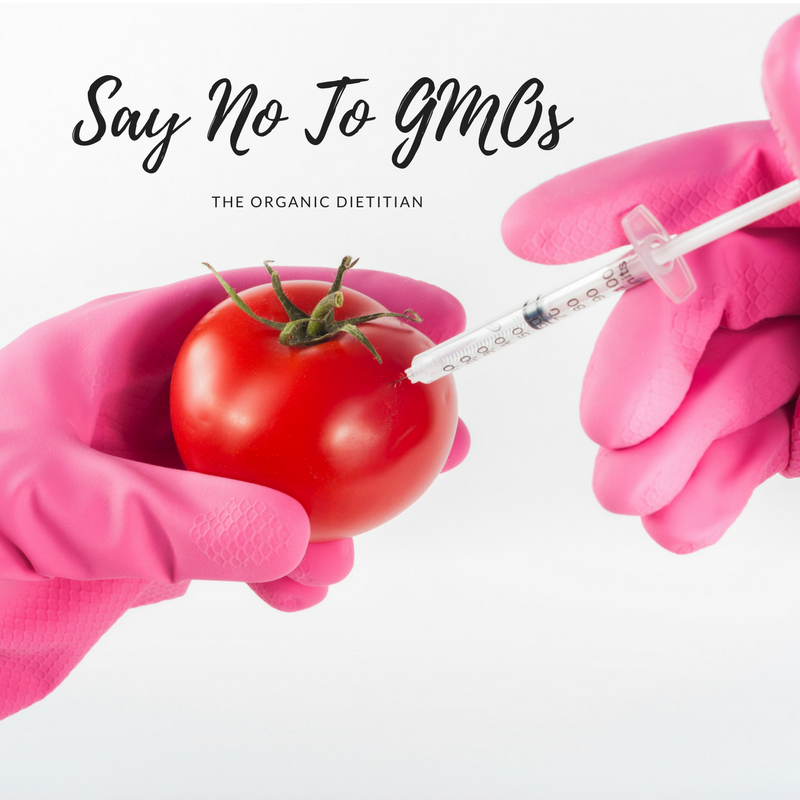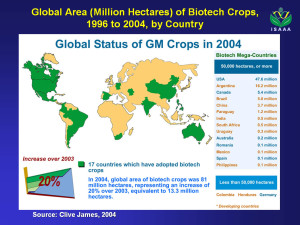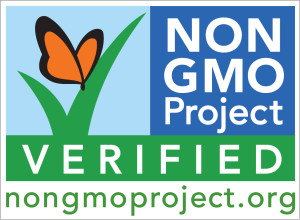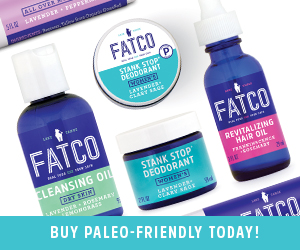19 July, 2013
Say No to GMOs

I can’t be an organic dietitian without talking about GMOs. This is a very controversial topic but I encourage you to take a look and make up your own mind.
What is a GMO?
Wikipedia states that, “A genetically modified organism (GMO) is an organism whose genetic material has been altered using genetic engineering techniques.” GMOs are mainly used to make plants resistant to herbicides that kill weeds and for insect resistance.
How Long Have GMOs Been Around?
Genetic engineering has been taking place since we first domesticated organisms in 12 000 BC. Even before genetic engineering, in prehistoric times, hybrid plants were created through natural breeding between related varieties of plants. The first evidence of plant domestication came from farro (hulled wheat) and einkorn wheat found in Southwest Asia dated about 10 500 to 10 100 BC. More than 2 decades ago the FDA granted GMO GRAS (generally recongnized and safe) for human consuption. GRAS means that the industry has no obligation to conduct long-tem safety studies but is generally safe. In the short time since approval the US is now the biggest producer of GMO crops. Just recently, Monsanto, a leading producer of GMOs in the US, gave up its bid to grow more genentically modified foods in Europe due to the wide-spread opposition. Here is a map showing just how much the US is growing…
What Studies Have Been Done on GMO Safety?
Unfortunately, since GMOs have not been around that long a lot of the studies that have been conducted are from short term exposure. The Journal of Organic Systems conducted a study with pigs. They found that the pigs fed GMO feed had a higher rate of severe stomach inflammation and the female pigs had heavier uteri then the pigs fed non-GMO feed. The study however was a short 23 weeks and they found no other issues with the pigs.
This journal also makes a good point about other studies that are conducted comparing GMO and non-GMO fed animals. Studies may use non-mammals (birds and fish), give the animals feed in a form that we do not eat (silage), only compare animal production outcomes such as weight and milk production, use a small sample size, or conduct a short term study (studies are often not longer than 90 days). The longest study conducted was 240 days using rats. The study made 54 comparisons between the rats feed GMO vs non-GMO and in all but 4 of the comparisons the rats showed worse outcomes including increased tumor growth. The flaw in this study is that they only used a group consisting of 10 female and 10 male rats. Positive result studies are often funded by the very companies that make GMO and are trying to protect the excistance.
Many food regulators do not require any studies be done on crops containing many different alterations of the genes as long as each gene alteration has been approved individually. Many people believe that more testing needs to be done. I am included in that belief and choose to avoid GMOs. Most developed countries do not consider GMOs to be safe.
GMO Labeling
Currently 64 counties around the world require that any food made with a GMO or fed a GMO needs to have a label that states a GMO is present. The US is NOT one of those countries. Recently, consumers have been fighting to get GMO containing foods labeled just like they do all over the world. Many companies that produce foods with GMOs are putting up a fight. These companies are spending billions so that we as consumers do not know if our foods contain GMOs. I would like to ask them why? If they claim that GMOs are safe then why would it matter if a label, that just stated its existance (not harm), be put on food for those that wanted to know?
How Do I Know If My Food Contains GMO?
1. Buy items labeled 100% organic (food it not allowed to be genentically modified if it is labeled organic).
2. Buy 100% grass feed beef (also make sure that it is grass finished or organic since sometimes cows start out on grass and then are fattened up at the end with GM corn).
3. Look for GMO free labels such as this…
The NON GMO Project also has lists of products that are Non-GMO certified online.
4. Avoid the top 10 GMO foods: Soy, Corn, Canola Oil, Cotton, Milk, Sugar (beet), Aspartame, Zucchini, Yellow Squash, and Papaya. GM Soy is widely used and now makes up 94% of the soy planted in the US. If you do buy these items I would always go organic.
5. Buy whole organic foods and make things yourself. In the US over 80% of processed foods contain GMO often in hidden forms.
6. Grow your own.
For more information on GMOs you can visit: Non GMO Project, Just Label It
I’d love to here your thoughts in the comments.

















 80% of chronic dis-ease is rooted in stre
80% of chronic dis-ease is rooted in stre
 As
As 

Thank you for this. As a dietitian myself, I am always very interested to see what other RDs have to say about topics like these.